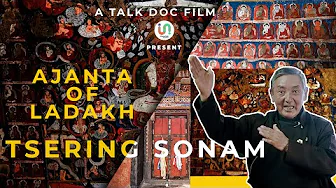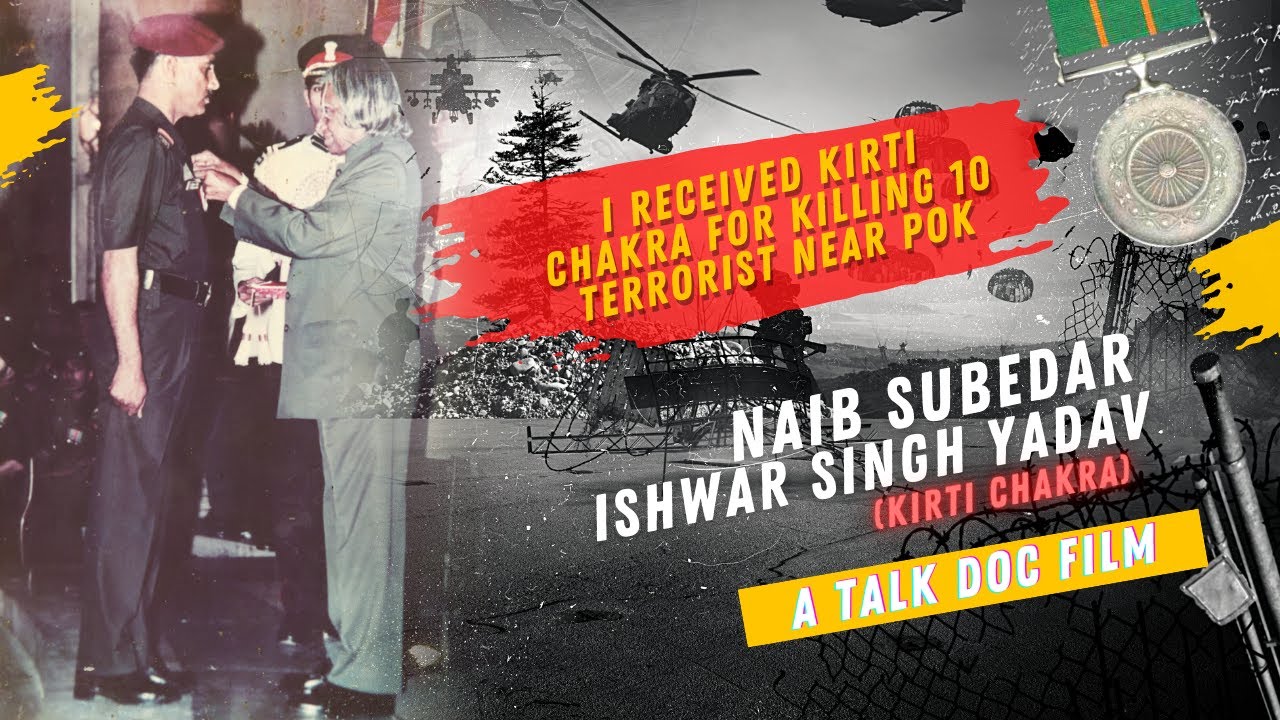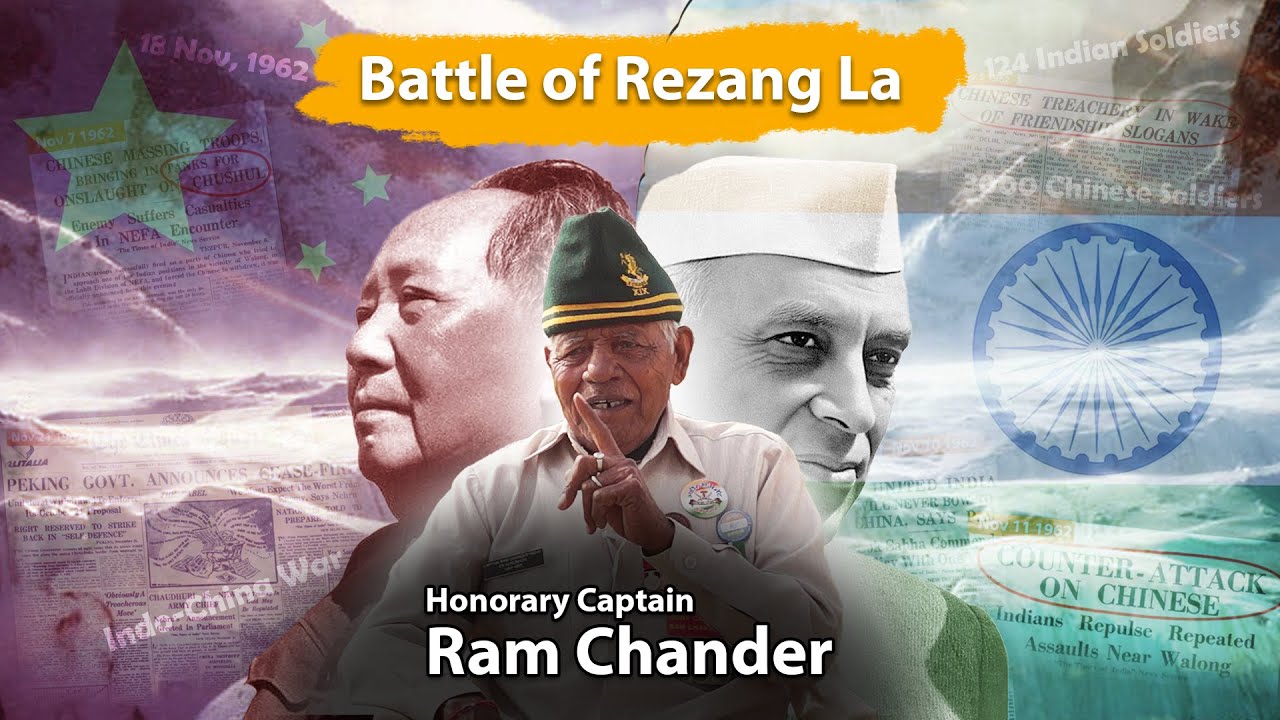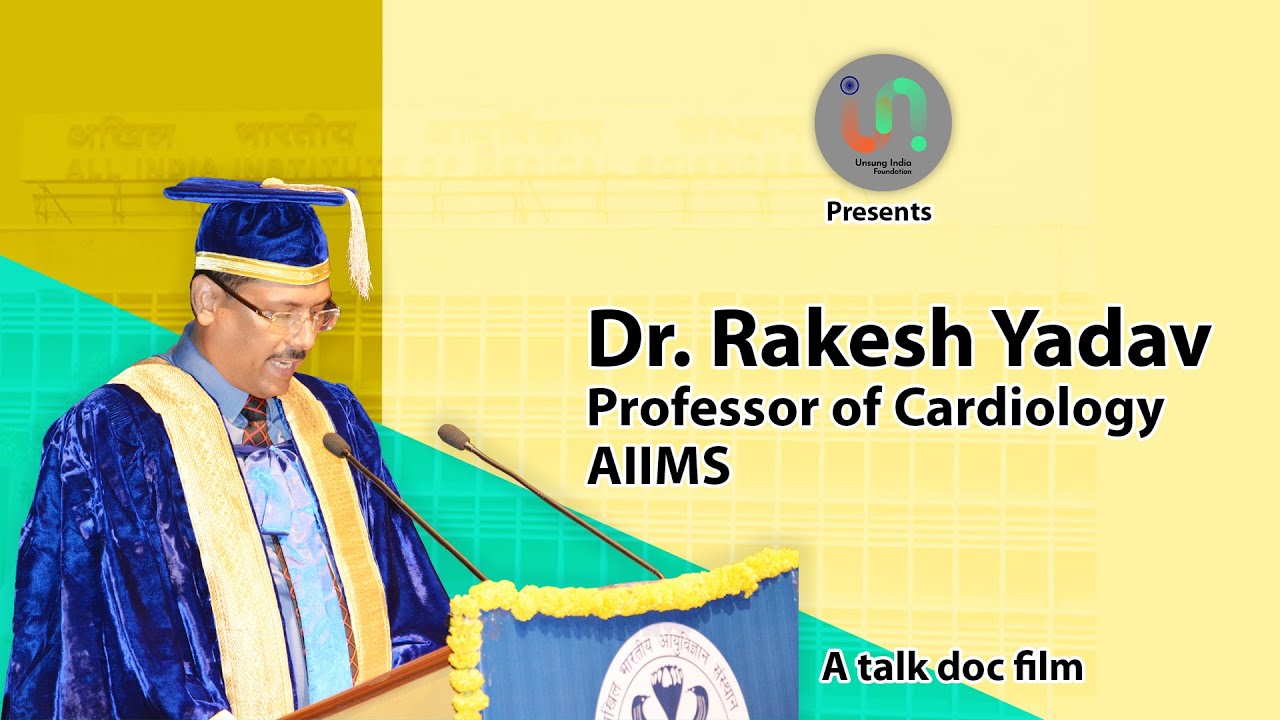Sir tell us how and when did you join NSG?
After my matriculation, I joined the Army in 1976. I wanted to join NSG's black cat commando team. During its training period, a commando is tested at different levels. His endurance capacity, fighting, and jumping skillsets are evaluated and upgraded. It is one of the hardest training; 70-80% of candidates cannot make it until the final round. During my time, even if one got selected, he could only serve only black cat commando for three years. However, in my case, I got three extensions because of my extraordinary performance.
According to you, who can be a good fit for the defence?
I served Army till age 57 and have worked in different positions during significant operations, such as Operation Mehgdoot and Hazrat Bal shrine Seige, from sepoy to colonel. Thus I am well versed in delegating jobs by analysing which personnel is suitable for what job role. Those who belong to the middle and lower middle class and hail from rural areas know very well about hardships and how to tackle tough, practical situations. Therefore, these are the best defence candidates for me. For instance, I used to go 7 km from home to study, which would take me three hours to make a round trip on foot, as there wasn't any school nearby. Such challenges prepared me to stay strong even during adverse situations.
How did operation Meghdoot begin?
Pakistani generals decided to stake their claim by sending troops to the Siachen glacier in 1983. After reviewing the Indian Army's climbing missions, they decided to send their forces first, fearing that India would conquer key ridges and passes near the glacier. Islamabad ordered Arctic-weather clothing from a London vendor, not realising that the same vendor also outfitted the Indians. The Indians became aware of this development and began devising their strategy, giving them an advantage.
According to information, the Pakistani operation was expected to capture the glacier by April 17, so the Indian Army planned an operation to control the glacier by April 13 to beat the Pakistani Army by about four days. Prem Nath Hoon, a lieutenant general, was in charge of Operation Meghdoot. In March 1984, the first phase of the operation began with a foot march to the glacier's eastern base. When a full battalion of the Kumaon Regiment and soldiers from the Ladakh Scouts marched through the Zoji La pass, it was blocked by ice for days.
Can you recall any incident related to operation Meghdoot?
It was truly a terrible experience; surviving in the glacier at such a high altitude was extremely tough.
"Similar to experiencing hell alive. We could neither eat nor breathe properly"
I still remember one of our soldiers, Vijay Singh Shekhawat got sick. He complained about chest pain. When I asked the doctor to examine him, the doctor reported that Vijay was just making excuses there was nothing wrong with him. Despite the doctor's claim, I couldn't be at peace. As the company commander, I was responsible for avoiding any casualties or death. Therefore, despite being on a steep glacier mountain, I somehow managed to get him carried by helicopter. He was then admitted to a hospital in Chandigarh, underwent heart bypass surgery, and is still healthy and hearty.
You were also a part of the Hazrat Bal siege operation. Tell us about NSG's contribution during that incident?
It was a case of wresting victory from the grip of defeat. Regarding religious significance, the Hazratbal Mosque in Srinagar, which houses what is thought to be the hair of the Prophet Mohammed, is to Kashmiri Muslims what the Golden Temple is to Sikhs.
For starters, a small group of second-tier militants—roughly 40 people—had successfully turned the Hazratbal siege into a sensitive international issue by holding the government hostage for 15 days.
Because Prime Minister P.V. Narasimha Rao was preoccupied with assembly elections and resisted authorising a commando operation on the shrine for fear of a repeat of Bluestar, the options were exhausted long before the impasse could be resolved.
Contradictory messages from the main parties in charge of the siege—the Army, which had erected an impregnable cordon around the Hazratbal shrine; the state government, led by Governor K.V. Krishna Rao; and the Home Ministry in New Delhi, which was in charge of managing the situation—provided undue leverage to the militants hiding inside the shrine. As part of the NSG team, we played a critical role during that operation by restoring peace.
Conclusion
Since its formation, National Security Guard, or the NSG, has conducted various operations such as Operation black thunder, Operation black hawk, Operation Ashwamedh, and so Mr. Brhaman. The Black commandos have always made the nation feel proud with their remarkable contribution.

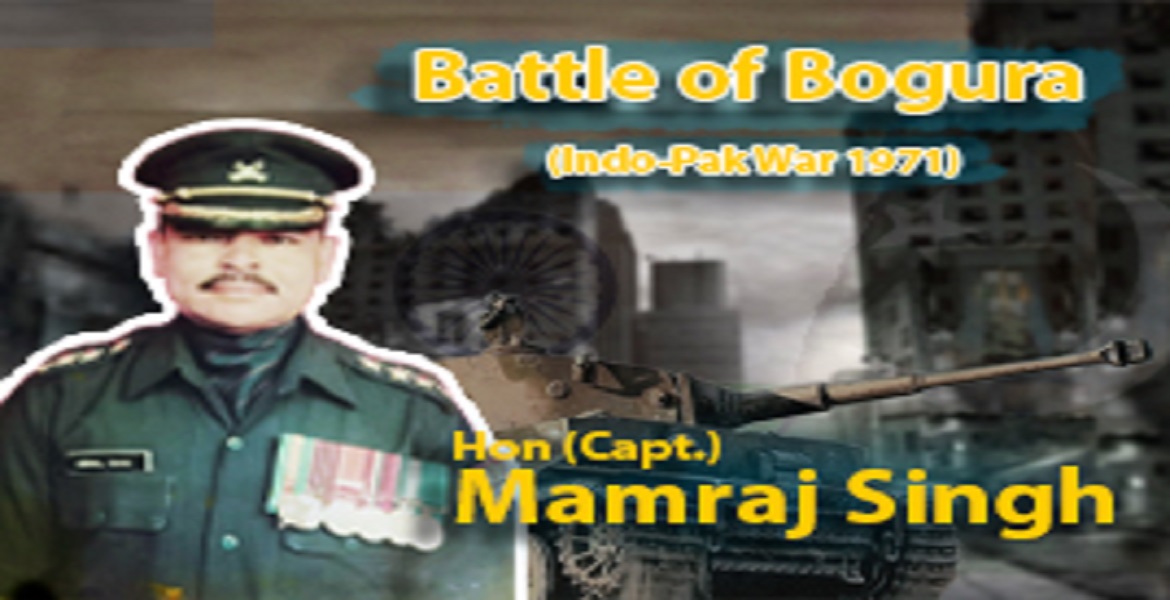

.jpg)


